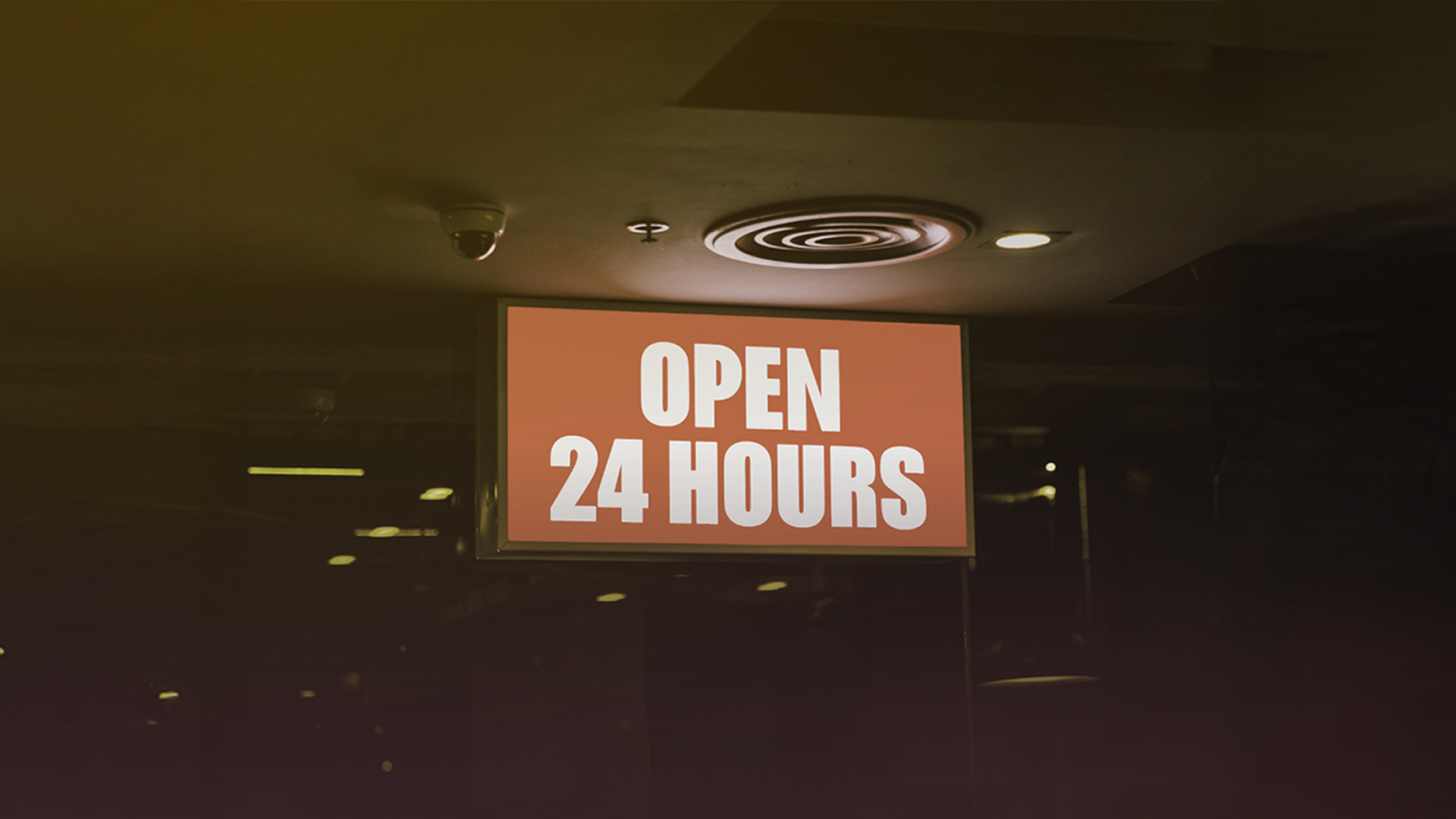How SMEs Can Unlock Growth in the 24-Hour Lifestyle Era
In today’s non-stop world, the “24-Hour Lifestyle” is becoming a major trend shaping modern consumer behavior. From late-night working habits and round-the-clock online shopping to 24/7 entertainment access, customer needs are becoming increasingly diverse—creating fresh opportunities for SMEs to tap into.
This lifestyle shift is transforming business across many industries. Whether it's 24-hour convenience stores, non-stop e-commerce platforms, or fitness centers and food delivery services that operate around the clock, the demand for speed and convenience is rising. Businesses that adapt quickly to this 24-hour lifestyle will have the upper hand in meeting customers’ expectations more precisely.
For SMEs, embracing the 24 Hours Lifestyle trend opens doors to expanding their customer base and boosting revenue. For instance, F&B businesses can extend their service hours or offer late-night delivery to cater to night-shift workers. Health and fitness businesses can expand their operating hours or offer on-demand online workout programs. Retail and service businesses can attract busy customers with 24/7 convenience stores or emergency repair services. Online businesses and e-commerce platforms can enhance their customer experience by providing real-time order handling and chat responses—helping to build trust and brand loyalty. These adjustments don’t just drive sales but also help SMEs stand out from the crowd.
Big brands like 7-Eleven, Swensen’s, KFC, and select Starbucks locations have already jumped on the 24-hour bandwagon, showing just how popular around-the-clock services have become.

So how can SMEs start adapting to this trend?
For SMEs in big cities like Bangkok, 24-hour operations may already be familiar. But in smaller towns where customer traffic isn’t as dense, extended hours can be challenging. Still, businesses can start small—by extending hours into the evening based on local customer behavior, then gradually collecting usage data before committing to full 24-hour operations. Offering night-time promotions is another great way to attract the late-night crowd.
Even B2B SMEs can adapt to the 24-hour trend. Start by launching presales through trusted social media platforms, setting up an e-commerce website, or partnering with major online marketplaces. Implementing AI chatbots to handle customer queries around the clock ensures that your business never misses a sales opportunity—even after hours.
Tracking peak customer activity times can also help fine-tune business strategies. These simple steps increase business flexibility and prepare SMEs for sustainable growth.
The 24-hour business model isn’t just a response to changing urban lifestyles—it’s a valuable opportunity for SMEs to boost income and stand out in a competitive market. By adapting to this trend and investing in the right technologies, your business can thrive in the era of the 24 Hours Lifestyle.
So, are you ready to make the shift?
Share